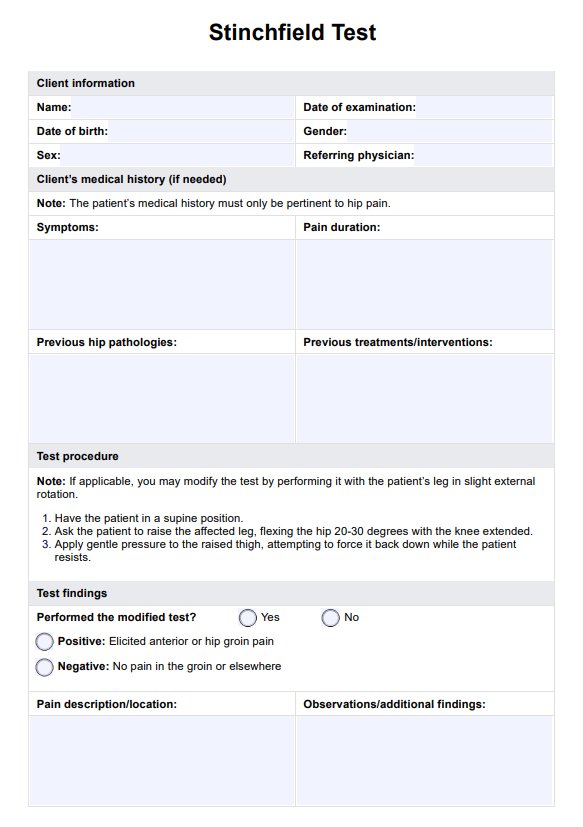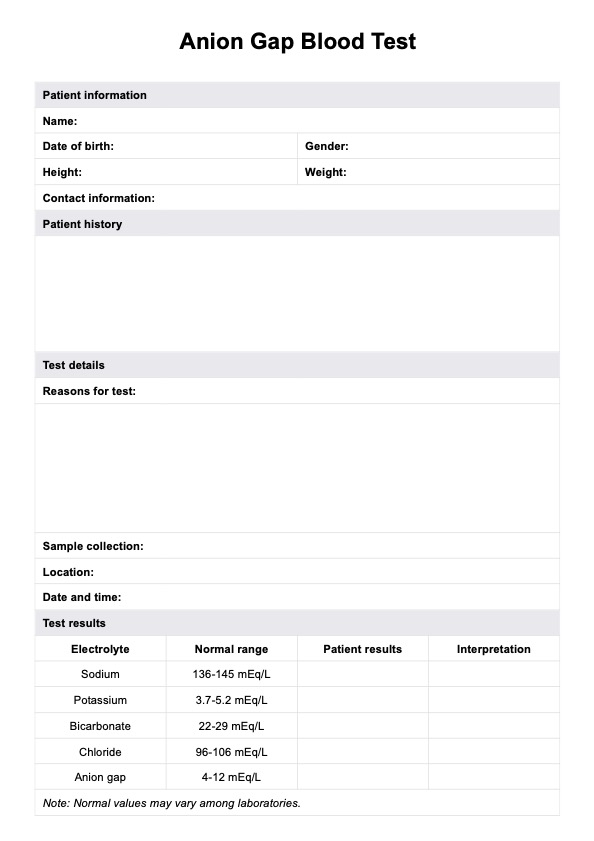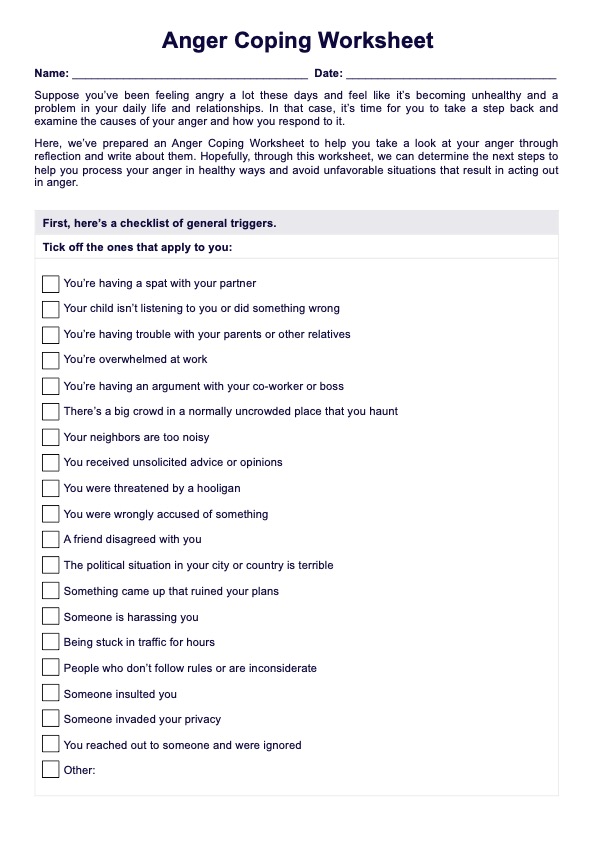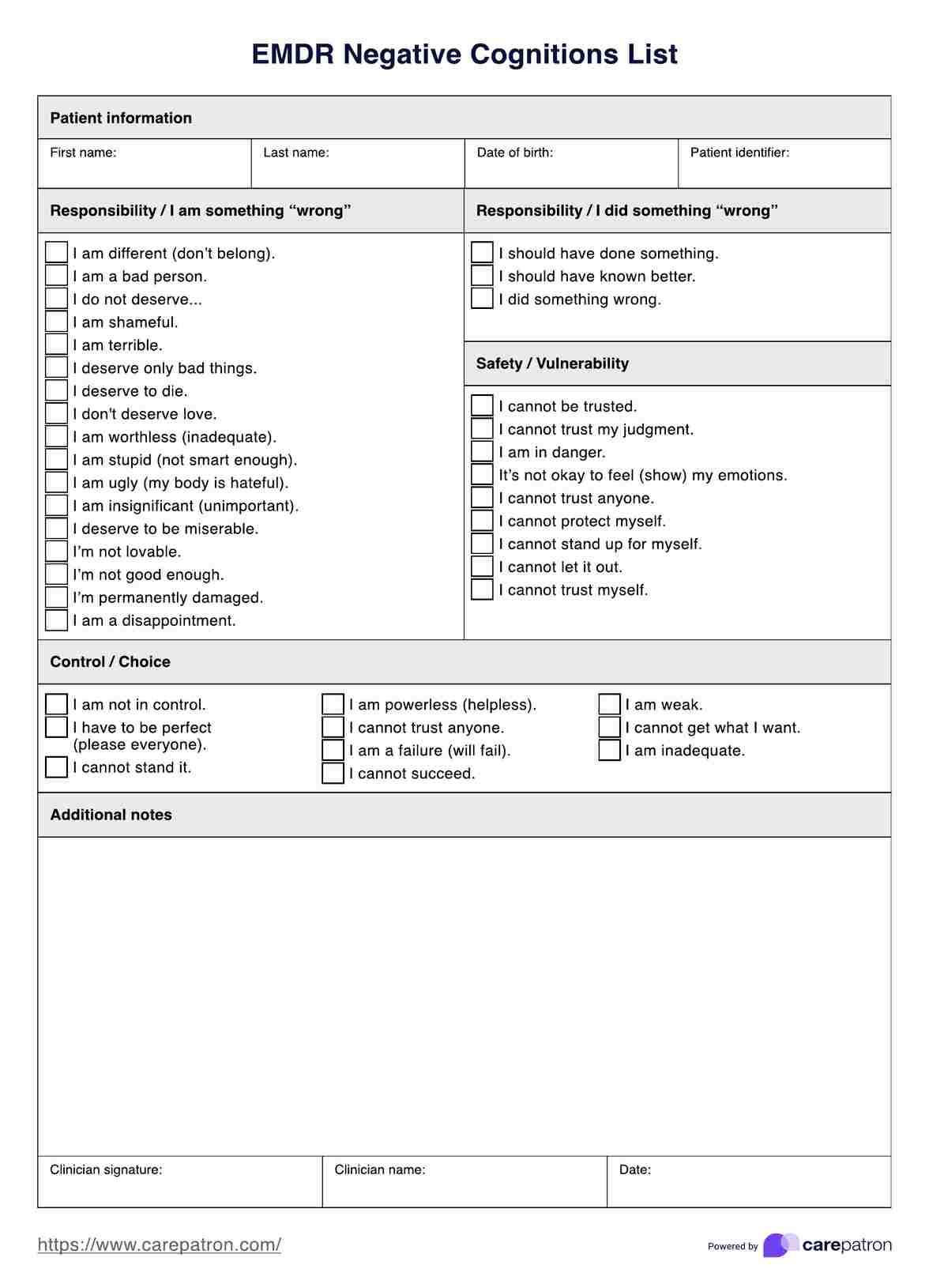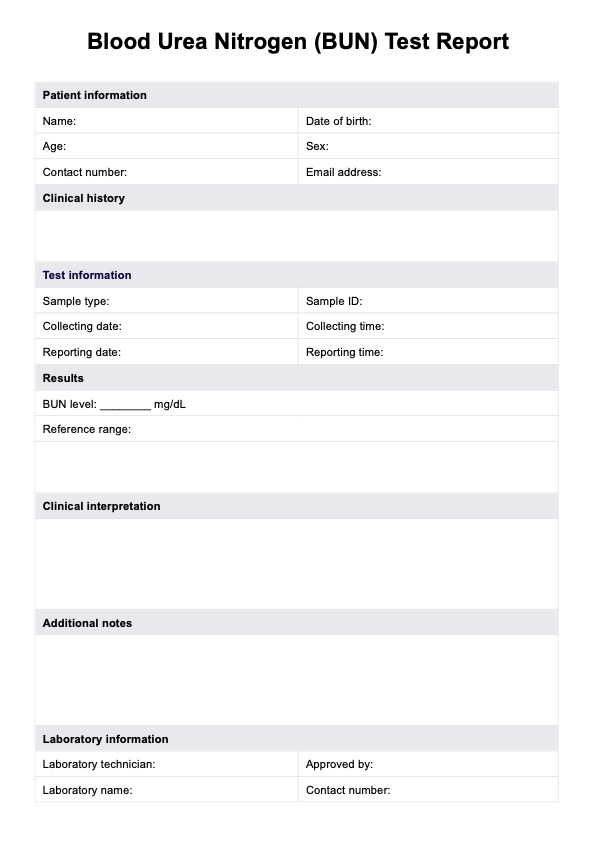Cambridge Depersonalization Scale
Utilize the Cambridge Depersonalization Scale (CDS) for vital diagnosis and planning of depersonalization treatment.


What is Depersonalization?
Depersonalization is a perplexing psychological condition characterized by feelings of detachment or disconnection from one's self. It manifests as a sensation of observing oneself from an external perspective, akin to watching your life unfold like a movie. During these episodes, individuals might feel detached from their emotions, thoughts, physical sensations, actions, or entire bodies.
This self-awareness disruption can be distressing and may lead to heightened anxiety or impairments in social and occupational functioning. Individuals experiencing depersonalization often describe it as feeling unreal, alien, or disconnected from their identity, creating a profound sense of estrangement from their existence.
Despite the surreal nature of this experience, individuals maintain a clear grasp of reality. They know that these altered perceptions do not align with actual events, distinguishing depersonalization from psychotic disorders where such insight is usually absent.
Depersonalization can occur as a symptom within the context of various mental health disorders, including but not limited to depression, anxiety, schizophrenia, and post-traumatic stress disorder (PTSD). However, it can also stand alone as a condition known as Depersonalization-Derealization Disorder.
Understanding the triggers, causes, and effective treatment strategies for depersonalization is an ongoing area of research. Cognitive Behavioral Therapy (CBT) has shown some promise in helping individuals manage and cope with these feelings of detachment.
For a more comprehensive understanding, consider viewing this explainer video.
In healthcare contexts, addressing depersonalization is crucial. Efficient management of patient data through electronic health record systems like can aid healthcare providers in identifying patterns and understanding patients' histories better, enabling them to provide personalized care and thereby reducing feelings of depersonalization.
Cambridge Depersonalization Scale Template
Cambridge Depersonalization Scale Example
How to use the Cambridge Depersonalization Scale
The Cambridge Depersonalization Scale (CDS) is a psychological assessment tool designed to measure the frequency and duration of depersonalization symptoms over the past six months. This scale helps healthcare professionals understand the severity of a patient's depersonalization experiences, aiding in diagnosis and treatment planning.
Step 1: Obtain the Printable Cambridge Depersonalization Scale
First, you need to acquire the printable Cambridge Depersonalization Scale. This can typically be found online or provided by a healthcare professional.
Step 2: Understand the Questionnaire
The CDS consists of several questions describing various 'strange' or 'funny' experiences that individuals might encounter daily. The questions aim to capture the presence and intensity of depersonalization symptoms.
Step 3: Respond to the Items
Each item on the scale should be responded to based on the individual's experiences over the past six months. Answering as honestly and accurately as possible is crucial to ensure meaningful results.
Step 4: Scoring
After responding to all items, each response is scored, and the scores are added together. Higher scores indicate a more significant presence of depersonalization symptoms.
Step 5: Interpretation of Results
The final step involves interpreting the results. Typically, a score of 60 or above suggests significant depersonalization symptoms. However, the interpretation should always be made by a qualified healthcare professional who can consider the results in the context of other relevant information about the individual's mental health.
Remember, the Cambridge Depersonalization Scale is a tool to help understand one's experiences better and should be used under the guidance of a mental health professional. It is not intended to replace professional medical advice or diagnosis.
When would you use this Cambridge Depersonalization Scale template?
The Cambridge Depersonalization Scale (CDS) is invaluable for assessing depersonalization symptoms. As a structured, standardized measure, it aids in diagnosing, treating, and researching depersonalization disorders. Here are five key situations where the Cambridge Depersonalization Scale template can be effectively utilized:
1. Initial Diagnostic Process
In the early stages of mental health evaluation, if a healthcare professional suspects a patient might be experiencing depersonalization symptoms based on their reported experiences or observed behavior, the CDS can provide a structured way to explore these symptoms further. It helps to quantify the intensity and frequency of symptoms, contributing to accurate diagnosis.
2. Treatment Planning
Once a depersonalization disorder (or any other condition with depersonalization symptoms) has been diagnosed, the CDS can contribute to creating an effective treatment plan. The scale's detailed symptom frequency and duration analysis can help professionals tailor treatments to the individual's specific needs.
3. Monitoring Progress
The Cambridge Depersonalization Scale template isn't just for initial diagnosis and treatment planning. It's also a valuable tool for tracking progress over time. By comparing scores from different points in time, healthcare professionals can determine whether a patient's symptoms have improved, worsened, or remained stable.
4. Evaluating Treatment Effectiveness
Alongside monitoring progress, the CDS can also assess the effectiveness of therapeutic interventions. If the treatment strategy isn't producing the desired results - i.e., a decrease in the CDS score - it may be necessary to adjust the approach.
5. Research Purposes
Beyond clinical applications, researchers investigating depersonalization can utilize the Cambridge Depersonalization Scale template in their studies. It provides a standardized measure of depersonalization symptoms, which is crucial for valid comparisons across different populations or treatment modalities.
What are the benefits of using this Cambridge Depersonalization Scale?
The free Cambridge Depersonalization Scale (CDS) has several benefits in clinical and research settings, particularly for assessing depersonalization-derealization disorder. Here are some key advantages:
1. Comprehensive Evaluation
The CDS comprehensively evaluates the frequency and duration of depersonalization symptoms over the past six months. This detailed assessment can help healthcare professionals better understand the severity and persistence of an individual's symptoms.
2. Diagnostic Aid
The CDS aids the diagnostic process by providing a quantifiable measure of depersonalization symptoms. It can help differentiate between individuals with significant symptoms indicative of a depersonalization disorder and those with milder or less persistent symptoms.
3. Treatment Planning & Monitoring
The CDS can inform treatment planning by identifying the most prominent or distressing symptoms. Additionally, it can be used over time to monitor changes in symptoms and evaluate the effectiveness of therapeutic interventions.
4. Research Applications
In research settings, the CDS provides a standardized measure of depersonalization symptoms, facilitating comparisons across different studies and contributing to a more robust understanding of depersonalization.
5. Validated Tool
The CDS has been validated across various populations, demonstrating its reliability and validity as a measure of depersonalization. This means that the results obtained using this scale can be trusted to reflect an individual's experiences of depersonalization accurately.
According to research studies, such as "Unpacking the depersonalization syndrome: an exploratory factor analysis on the Cambridge Depersonalization Scale," published in Psychological Medicine, the CDS has proven beneficial in unpacking the complex construct of 'depersonalization' and understanding it better. Other studies, like "Lamotrigine as an add-on treatment for depersonalization disorder: a retrospective study of 32 cases," published in Clinical Neuropharmacology, have used the CDS to monitor treatment outcomes, highlighting its utility in clinical settings.
Commonly asked questions
The CDS is a self-report questionnaire consisting of 29 items. The time it takes to complete can vary based on the individual, but generally, it should take around 15-20 minutes.
Each item on the scale is rated on a 0-100 scale for frequency and duration. The overall score is calculated by taking the average of all the item scores. Higher scores indicate a greater severity or frequency of depersonalization experiences. A cut-off point of 70 has been suggested for distinguishing individuals with depersonalization disorder from those without psychiatric disorders.
The CDS is used in both clinical and research settings. Clinically, it can help diagnose depersonalization disorder and monitor treatment progress. Research provides a standardized measure of depersonalization that can be used across studies.
The CDS can be used by mental health professionals such as psychologists and psychiatrists. However, it's a self-report scale, meaning that it's completed by the individuals themselves, typically under the guidance of a professional.


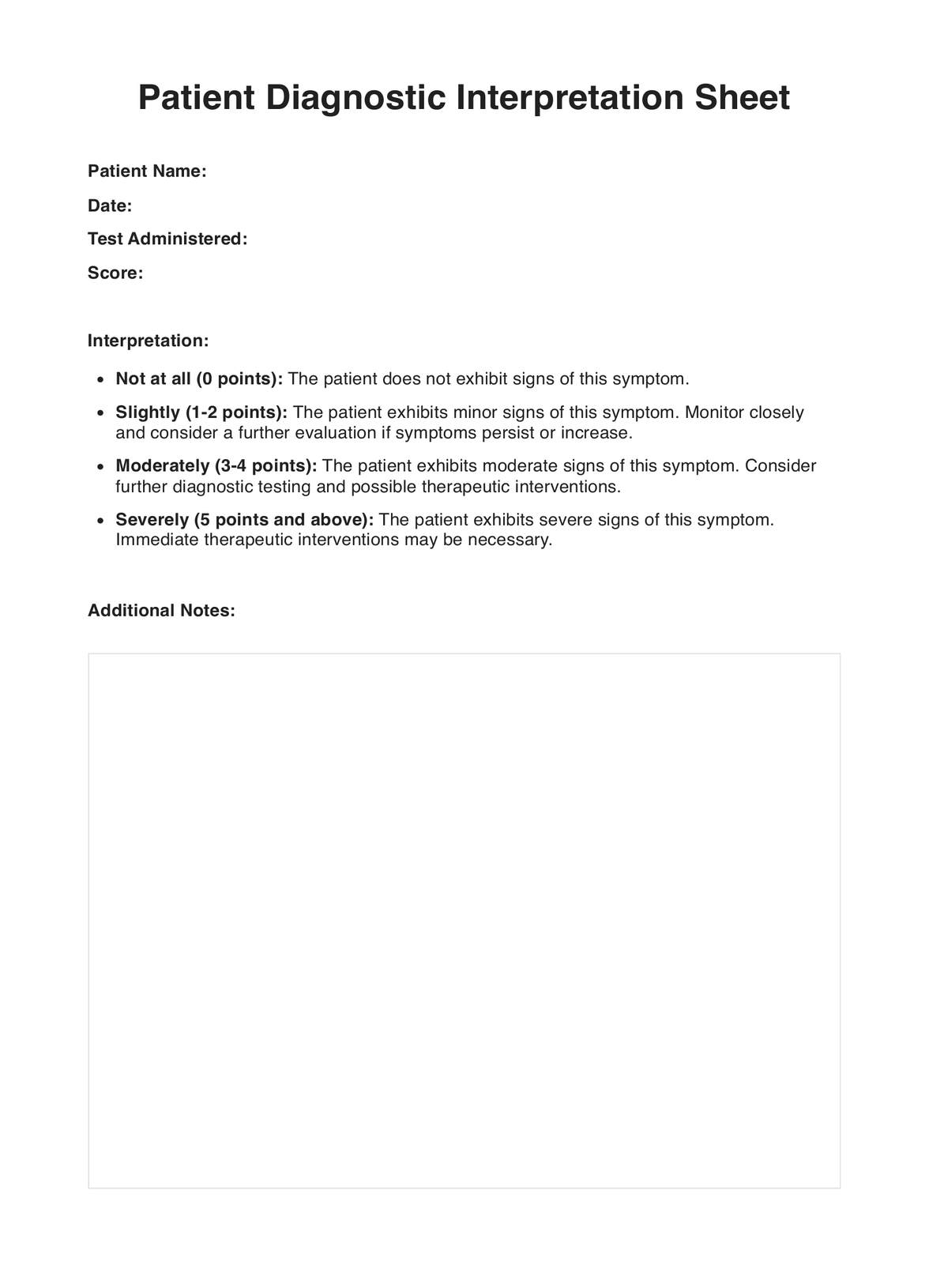
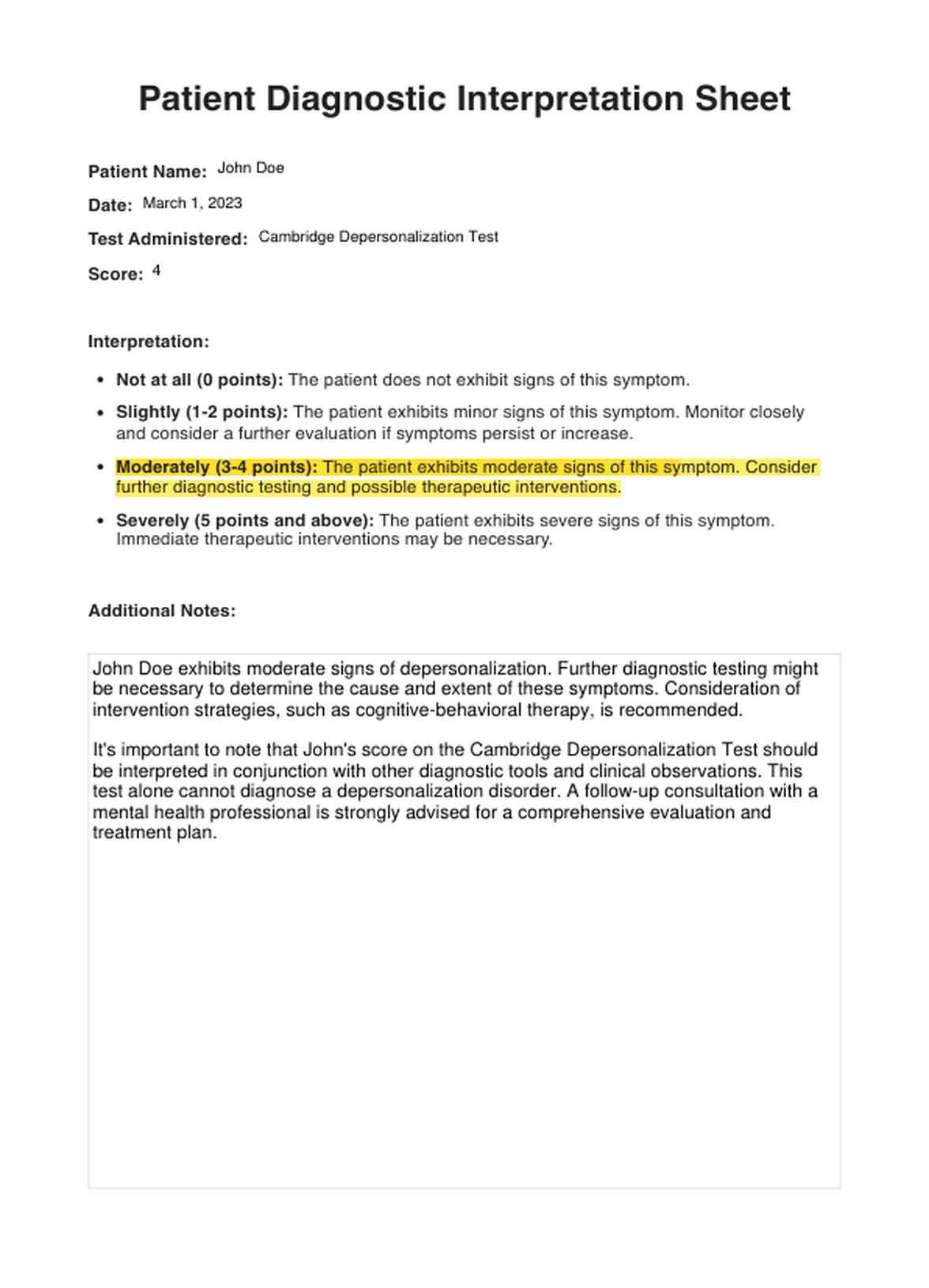















-template.jpg)




























































































